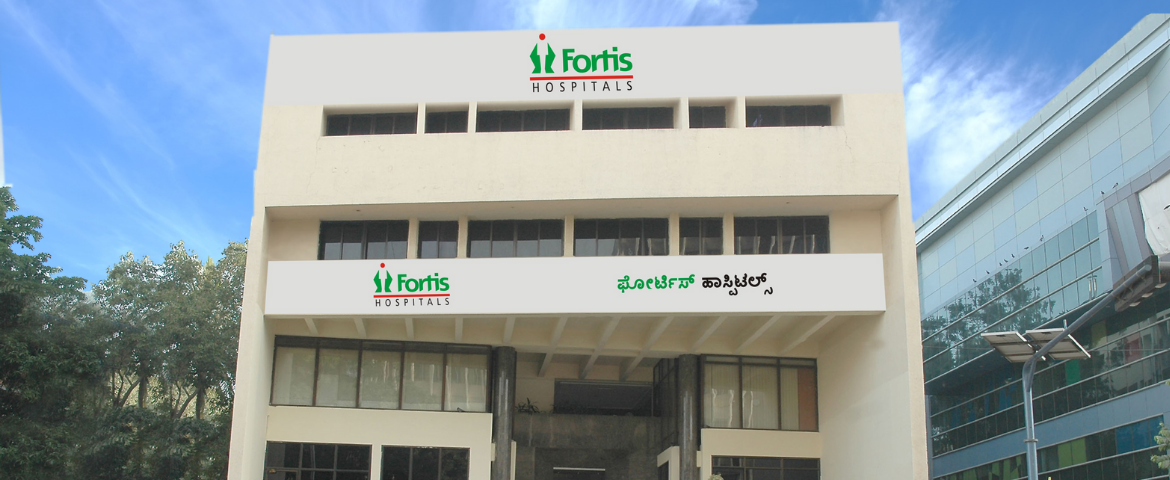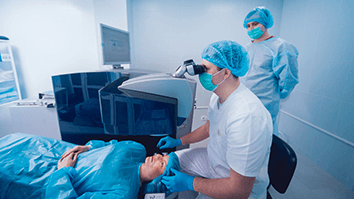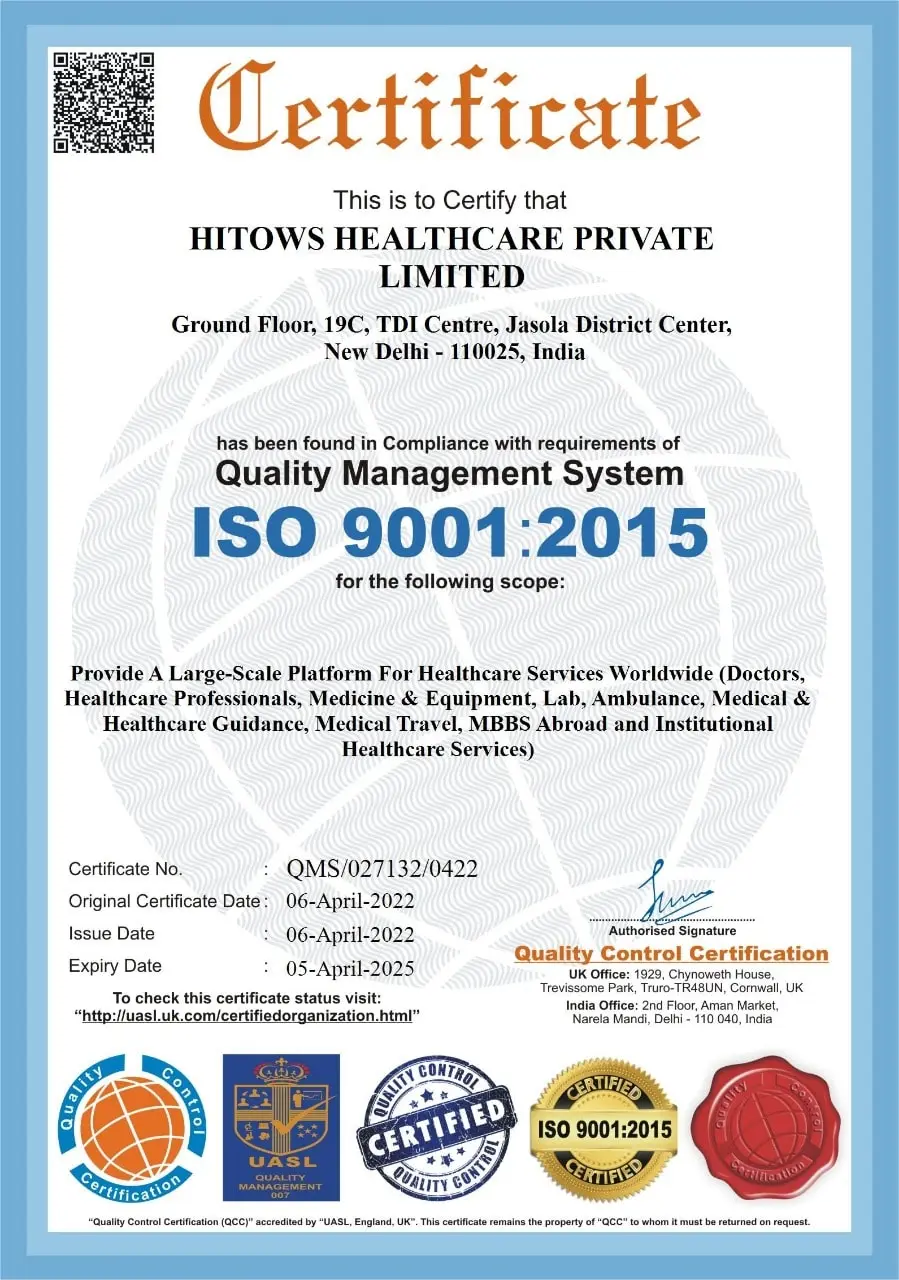REFRACTIVE SURGICAL PROCEDURE-C-LASIK (Both Eyes) cost in Egypt
REFRACTIVE SURGICAL PROCEDURE-C-LASIK:
Refractive surgery is a surgical treatment that corrects the eye's refractive error (spectacle power). It's frequently done to eliminate or lessen the need for glasses or contact lenses.
An artificial lens (intraocular lens) can be implanted into the eye in addition to or instead of the natural lens: phakic intraocular lenses (PIOL) are implanted into the eye without removing the natural lens, whereas a refractive lens exchange (RLE) requires the lens to be removed.
Refractive operations including corneal reshaping have a success rate of over 90%. Up to 95% of persons who had PRK surgery were able to attain 20/20 vision without the use of corrective lenses.
C-Lasik, or Customized Lasik, is gaining popularity as the newest and most effective procedure for improving eyesight quality. It employs Wavefront Guided Customized Ablation to provide each patient with a unique treatment plan. While the surgical method remains the same, C-Lasik, often known as "Eagles' Eye Vision," can give the eye surface the right shape, making it easier to focus. C-Lasik refers to laser eye therapy that is tailored to each individual eye. C-Lasik is a treatment option that is tailored to your specific vision problems. It increases your vision's quality. Each C-Lasik evaluation includes an additional diagnostic (screening) procedure to help the surgeon better understand your eyesight and choose the best treatment option for you.
Disease Overview:
Severe Myopia
Astigmatism, hyperopia (farsightedness), and myopia are the most frequent refractive defects (nearsightedness). Astigmatism is a disorder in which the cornea's irregular curvature causes two focus points to fall in two distinct places, blurring objects up close and far away.
Disease Signs and Symptoms
- When staring at faraway objects, eyesight becomes hazy.
- To see clearly, you must squint or partially close your eyes.
- Eye strain causes headaches.
- Driving a car may be difficult, especially at night (night myopia)
Disease Causes:
Astigmatism occurs when the cornea is unusually bent, causing light to contact the retina in two separate areas, obscuring vision for things close and far away. The focus of distant things behind the retina causes hyperopia, which causes items up close to look out of focus.
Disease Diagnosis:
Using conventional eye exams, your eye care professional can diagnose myopia. Myopia is most commonly diagnosed in children, however it can also occur in adults due to visual stress or diabetes. Adults. Your doctor will examine how your eyes focus light and determine the strength of any corrective lenses you might require.
Disease Treatment:
Myopia can occur at any age, and corrective lenses such as glasses or contact lenses can assist to enhance visual quality. Myopia progresses in varying degrees throughout infancy until stabilising in the late teens and early twenties.
When high hyperopia is combined with eye misalignment ("convergent squint") or lazy eye in childhood, spectacle correction may be required. Adults with moderate to extreme hyperopia almost often require spectacle correction.
To correct presbyopia, optical aids like as glasses (e.g., bifocal or progressive glasses) and contact lenses (e.g., bifocal contact lenses, monovision correction) can be used.
Presbyopia can be corrected via cataract or clear lens excision and a carefully designed, suitably powered intraocular lens implant.
Country wise cost comparison for REFRACTIVE SURGICAL PROCEDURE-C-LASIK (Both Eyes):
| Country | Cost |
|---|---|
| India | $1177 |
| Egypt | $1279 |
Treatment and Cost
8
Total Days
In Country
- 1 Day in Hospital
- 2 No. Travelers
- 7 Days Outside Hospital
Treatment cost starts from




